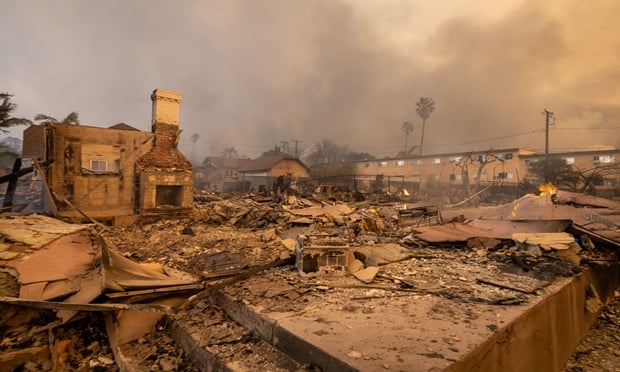In March 2011, the Tohoku earthquake and tsunami plunged the nation of Japan into its worst crisis since World War II. The magnitude 9.0 undersea earthquake some 43 miles off the peninsula of Tohoku killed almost 16,000, injured more than 6,000 and left nearly 3,000 people missing. It destroyed or damaged more than one million buildings. A great deal of that damage was from the tsunami generated by the quake, inundating areas as far as six miles inland, with waves as much as 133 feet high.
Estimates of insured damage from the earthquake alone approach $35 billion on the high side and total economic losses are estimated at $235 billion, making this the most costly natural disaster in history—without even taking into account the long-term effects of the multiple nuclear accidents the event caused.
One of the very few good things to come from this horrific event was that it occurred in an age when just about anybody affected by the disaster had the ability to video it and upload the footage online. The entire globe could bear witness to the tragedy, and many did in the weeks and months that followed, as people posted clip after clip. But then the clips stopped after all the footage had pretty much been uploaded, and the event slipped into the realms of Something That Happened Somewhere Else & Could Never Happen Here.
Recommended For You
Want to continue reading?
Become a Free PropertyCasualty360 Digital Reader
Your access to unlimited PropertyCasualty360 content isn’t changing.
Once you are an ALM digital member, you’ll receive:
- Breaking insurance news and analysis, on-site and via our newsletters and custom alerts
- Weekly Insurance Speak podcast featuring exclusive interviews with industry leaders
- Educational webcasts, white papers, and ebooks from industry thought leaders
- Critical converage of the employee benefits and financial advisory markets on our other ALM sites, BenefitsPRO and ThinkAdvisor
Already have an account? Sign In Now
© 2025 ALM Global, LLC, All Rights Reserved. Request academic re-use from www.copyright.com. All other uses, submit a request to [email protected]. For more information visit Asset & Logo Licensing.








